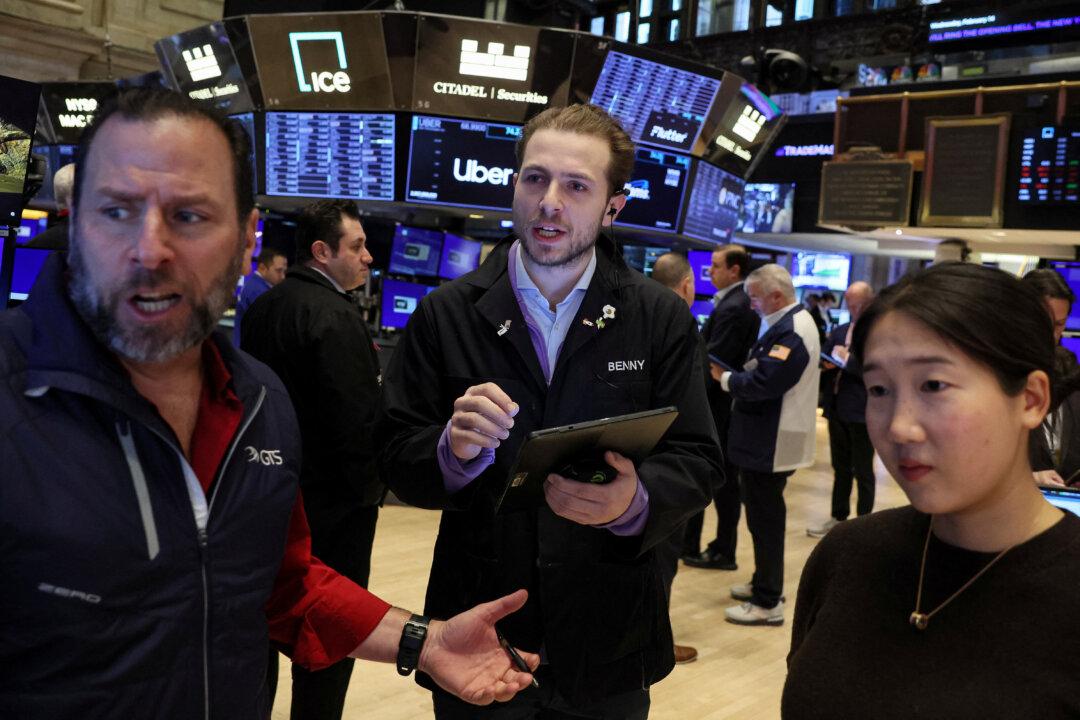Stocks are hovering in record territory, fueled by Nvidia Corp.’s monster earnings report following the Feb. 21 closing bell and investors pricing in the Federal Reserve cutting interest rates later this year.
The Dow Jones Industrial Average edged up 0.16 percent to 39,131. The benchmark S&P 500 Index tacked on 0.03 percent to 5,089. The tech-heavy Nasdaq Composite Index slipped 0.28 percent to 15,996.





